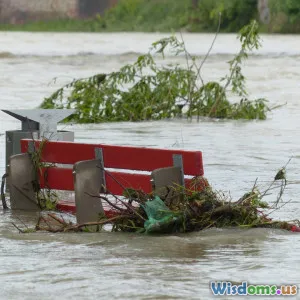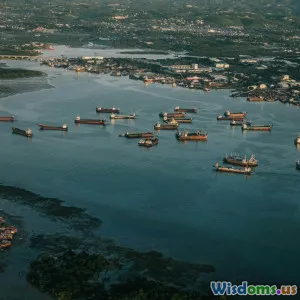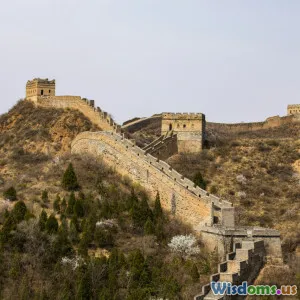
How the Great Wall Changed Warfare Tactics in China
14 min read Explore how the Great Wall transformed Chinese warfare strategies and influenced military tactics throughout history. (0 Reviews)
How the Great Wall Changed Warfare Tactics in China
For centuries, the Great Wall of China has stood not just as a marvel of ancient engineering, but as a monumental statement about how geography and architecture can define military strategy. Winding through dusty plains, jagged mountains, and sandy deserts, the Great Wall wasn’t just a barrier—its looming presence fundamentally changed the character of warfare in East Asia. This article explores how attackers and defenders adapted their strategies, how military thinking evolved, and how the stone-and-earth fortification helped shape Chinese identity and geopolitics.
Recasting the Battlefield: New Frontiers, New Tactics
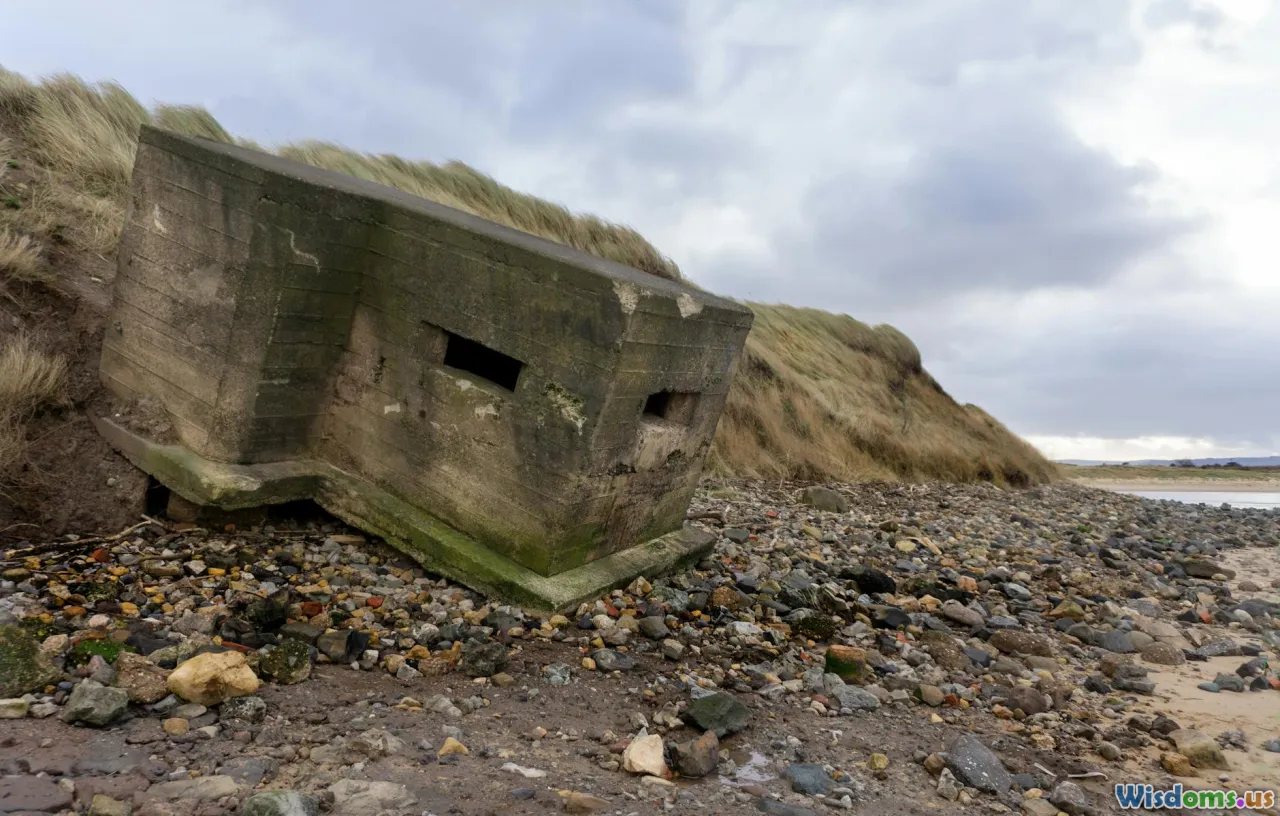
Before the Wall’s rise, the vast northern frontier was an open plain, enabling raiders and armies to sweep in unimpeded. In these early eras, mobility and quick strikes favored nomadic cavalry like the Xiongnu, risking little in direct confrontations with sedentary Chinese states. After the Great Wall—and especially its extensive expansions during the Qin, Han, and Ming dynasties—the physical focus of conflict changed dramatically.
Once a semi-porous frontier, the Wall forced invaders to adapt. Raiders could no longer simply ride through: they faced an engineered obstacle sometimes thirty feet high, bristling with watchtowers and garrison soldiers. Mongol and Xiongnu cavalry found speed less useful, while defenders could channel them to predictable crossing points—places where a diligent guard and rapid response were possible. The terrain dictated a shift in tactics on both sides:
- Attackers relied heavily on reconnaissance to find weak points or unguarded passes, favoring surprise assaults rather than open battles.
- Defenders prioritized communication and early warning systems—signal fires, drums, and pigeon messengers—to quickly mobilize limited forces to sites of threat.
- Fortress and siege warfare became more prominent: Invaders brought ladders, siege towers, or even undermined walls, while defenders improved parapets and missile-throwing capabilities.
The battlefields transformed from rolling grasslands into stone-anchored sieges, fundamentally reshaping how military campaigns were planned and executed on both sides of the divide.
Strategic Defense: The Wall as a Force Multiplier
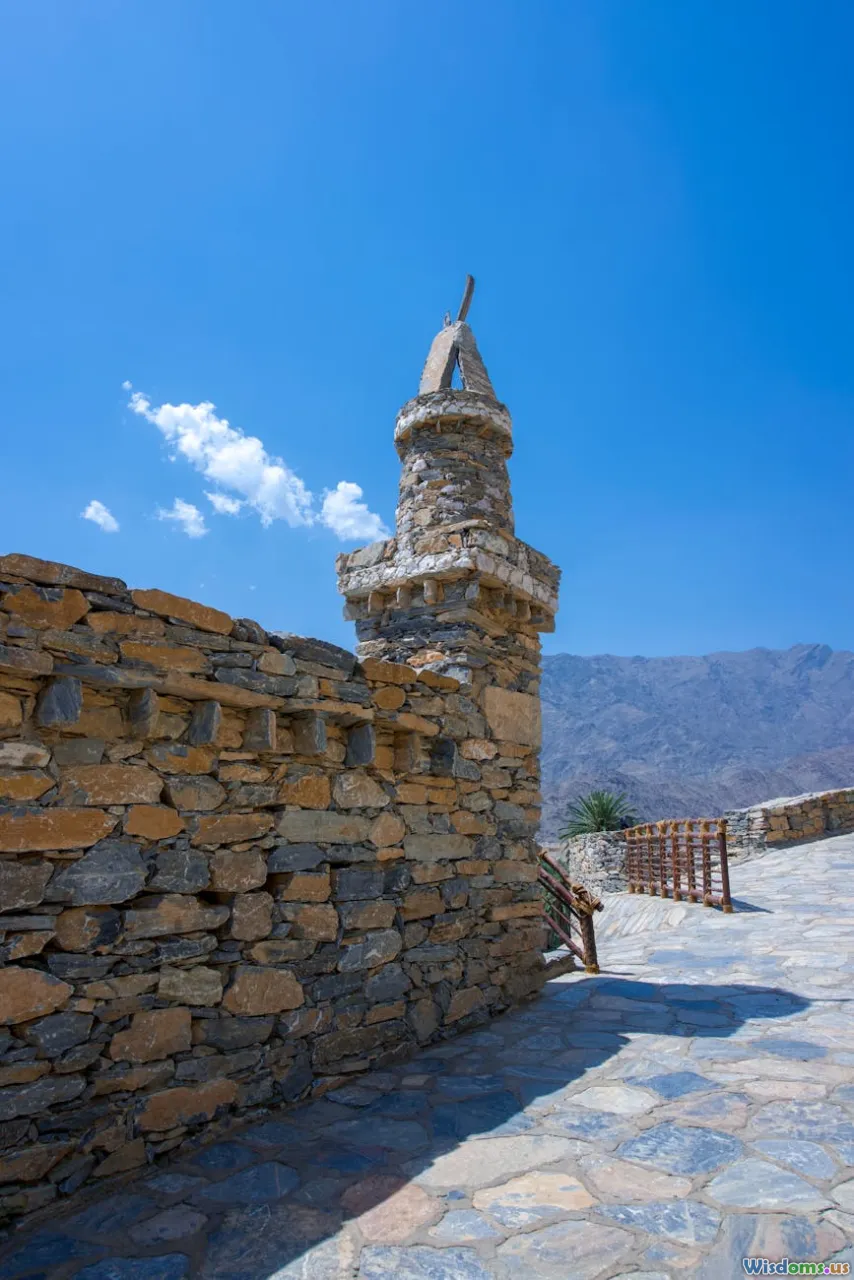
One of the Wall's most profound impacts was its use as a "force multiplier." Through centuries, China often found itself outnumbered or outmaneuvered by highly mobile northern tribes. But with the Wall, even modest troop contingents could hold back or delay much larger hostile forces.
Concentrating Limited Resources
In the vast, underpopulated northern reaches, it was impossible to garrison troops everywhere. The Wall helped Chinese commanders focus resources:
-
Strategic Chokepoints: Sections like the Shanhai Pass or Jiayuguan became formidable bottlenecks where a small defending force could block entire armies. During the Ming dynasty, the Jiayuguan Pass garrison of just a few thousand soldiers often held off larger incursions.
-
Layered Defenses: The Wall wasn’t just a single barrier. In some areas, double or triple lines were constructed. Behind the Wall, mobile cavalry units could patrol the interior, response-ready.
Psychological Deterrence
The massive Wall also changed warfare in ways that had nothing to do with bricks and mortar. To many steppe tribes, the Great Wall represented power and discipline—a psychological hurdle that discouraged minor raids, blunting the frequency and zeal of attacks.
Redefining the Military Chain of Command
Garrisoning the Wall demanded complex communication networks and a new breed of professional officers. In fact, the creation of a specialized border military—distinct from inland armies—spurred the evolution of career soldiers, with expertise in defensive warfare, logistics, and rapid deployment.
Cat-and-Mouse: Offensive Adaptations by Nomadic Invaders
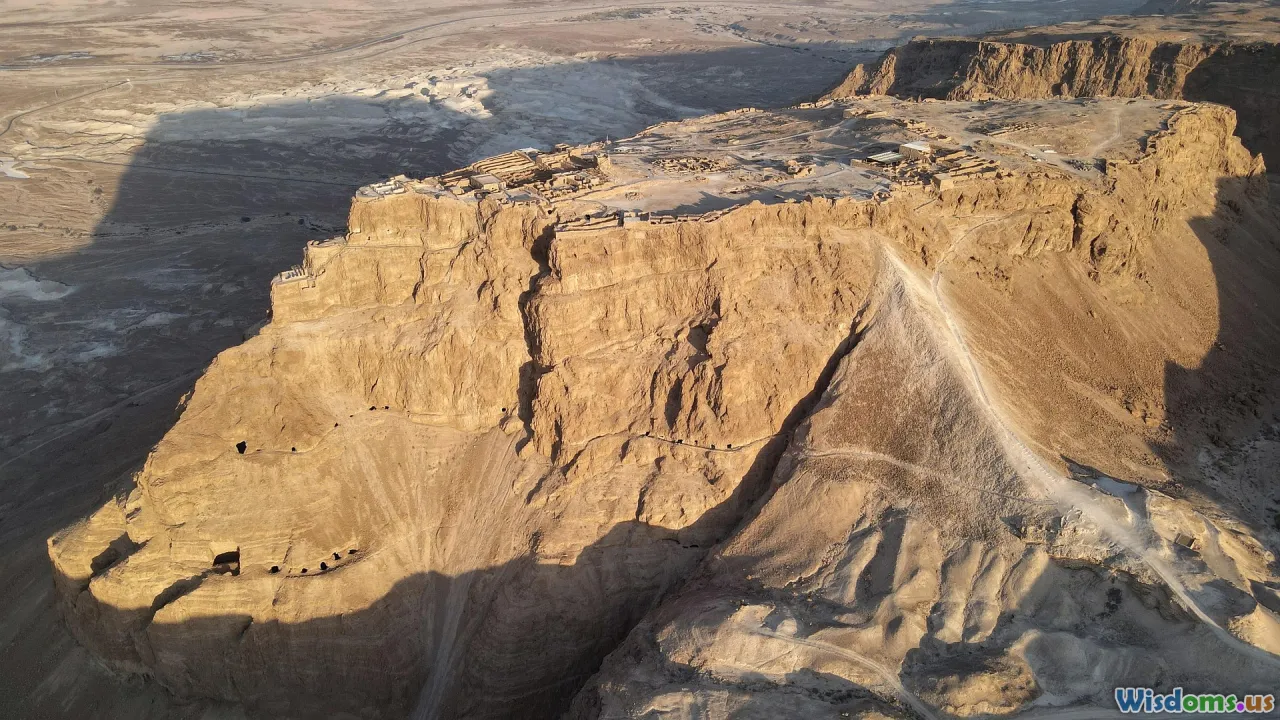
While Chinese defenders massed behind their fortifications, their adversaries innovated as well.
The Art of the Diversion and Deception
Northern cavalry, notably the Mongols and Jurchens, adapted old tactics. Instead of head-on charges, they employed (and innovated):
-
Simultaneous feints: Feigned attacks at multiple points, exhausting and confusing defenders. A celebrated Mongol ruse involved launching repeated small assaults at lightly-defended Wall sectors to draw garrisons out, then swinging around to attack wealthier targets farther south.
-
Bribery and Espionage: Invaders often bribed local allies, corrupted underpaid watchmen, or even used defectors familiar with weak spots—infiltrating set defenses without direct clash. The notorious breach at Simatai is one such example—where securities were reportedly circumvented thanks to complicit insiders.
Engineering Countermeasures
As the Wall's defensive technologies improved, so did those of attackers. Steppe armies:
- Built portable siege towers to bring archers level with parapets.
- Used burning saps, tunnels, and battering rams to breach gates or walls.
- Waited for harsh winter storms—when garrisons might be thin from cold or supply shortages, pouncing when defenders were at their weakest.
Chinese records detail numerous times when large mobile cavalry, after being rebuffed by the Wall’s main gates, succeeded in exploiting hidden footpaths or unfinished sections.
Logistics and Supply: The Wall as a Lifeline and Liability
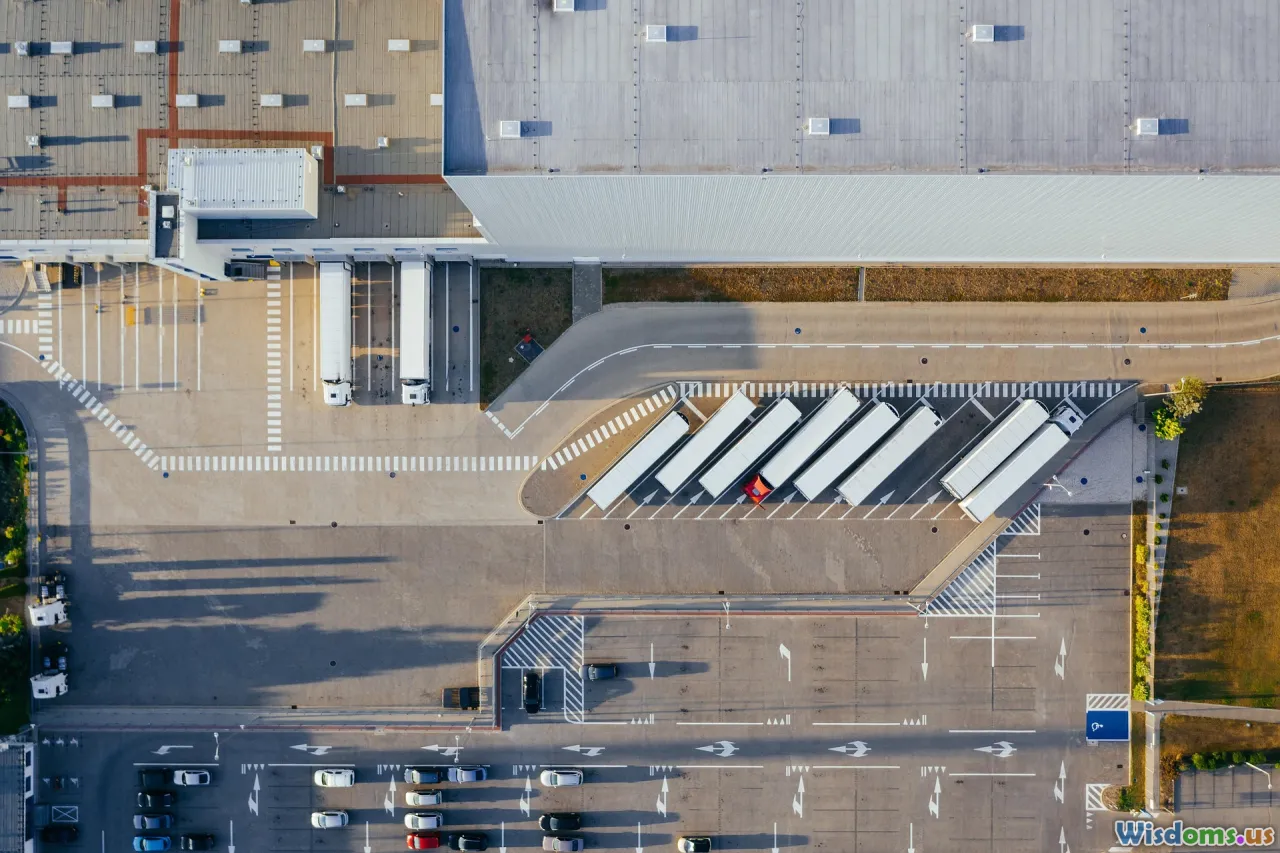
Building, manning, and maintaining the Wall shifted not only warfighting but logistics—changing the way armies were supplied and the populations supported.
Roadways and Communication Networks
The Wall doubled as a vast highway system, enabling easier movement of troops, messengers, and crucial supplies. Sections like the Ming-era Brick Wall featured wide paths along the top, over which patrols could move rapidly. This connectivity was supported by:
- Beacon Towers: Placed at intervals that allowed signals—smoke by day, fire at night—to relay alarms across hundreds of kilometers in mere hours.
- Storage Facilities: Granaries, armories, and stables clustered near main forts (like Laolongtou and Badaling), ensuring defenders could last through long sieges.
Challenges and Unintended Consequences
But focusing the empire’s logistics on the Wall also created vulnerabilities:
- Supply Lines Targeted: Raiders sometimes skipped the Wall outright, sallying around it to target supply convoys headed to Wall garrisons.
- Resource Drain: Maintaining hundreds of thousands of troops and constructing with bricks and stone sucked colossal resources from other fronts, sometimes weakening central authority.
The Ming dynasty alone spent up to 30% of its annual military budget on Wall garrisons and supply, a number that provoked internal political wrangling and at times undercut interior development.
The Evolution of Defensive Architecture
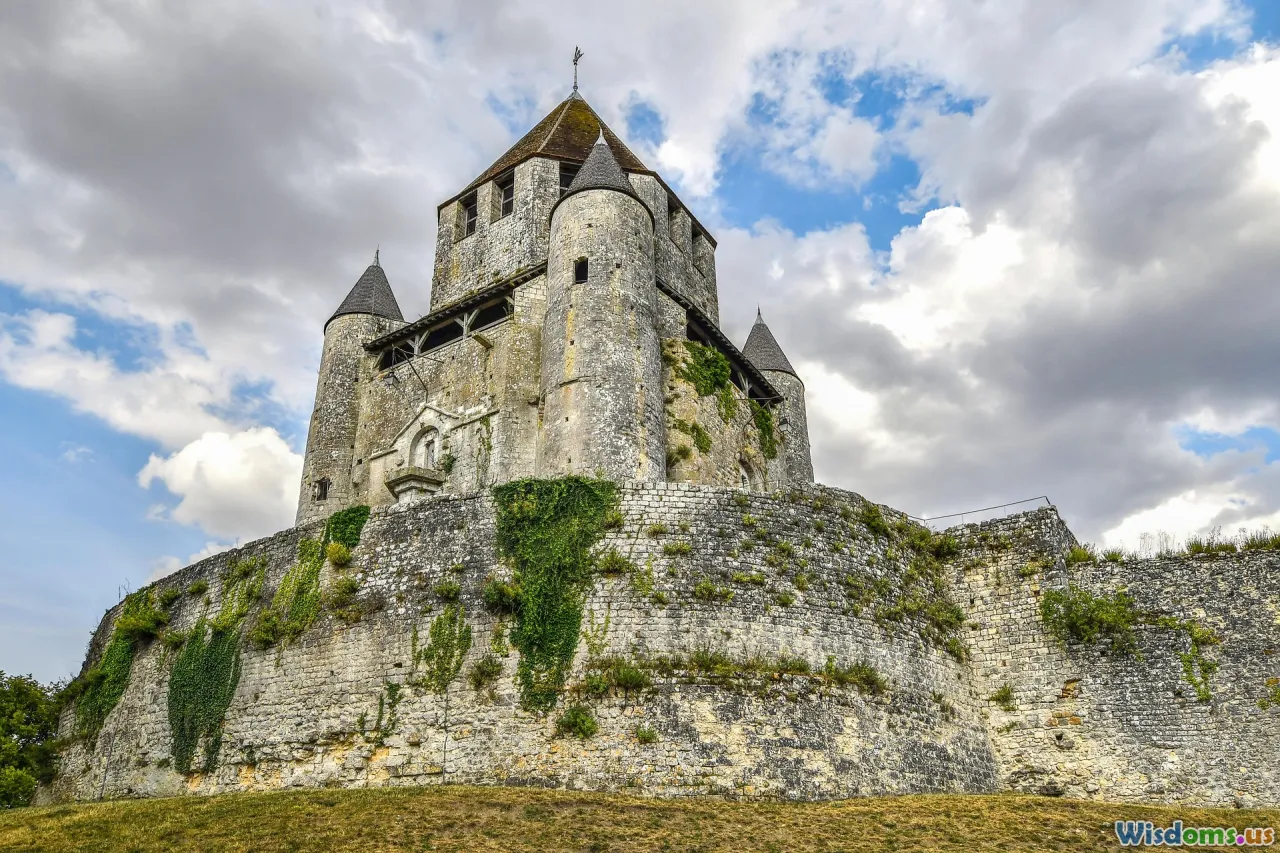
Just as warfare adapted, the Wall itself was not static. Its design embodied continuous learning from both success and failure.
Adapting to New Threats
- Early walls were mostly rammed earth—easier for attackers to breach. Later Ming sections leveraged brick-and-stone cores that better resisted mining and bombardment.
- Parapets evolved with slotted loopholes, letting archers fire with less risk.
- Curved bastions and uneven alleys limited battering rams’ effectiveness and funneled attackers into deadly crossfire zones.
Integration with Regional Defenses
The Wall was not a standalone feature. It tied together existing fortresses, natural barriers (like rivers), and massive regional bases. Some, such as the Datong garrison, effectively coordinated cavalry sorties well inside and outside the Wall, using it as a shield to operate from instead of a final line of defense.
Social and Economic Impacts of Wall Warfare

Military zones alter civilian life. The Wall’s presence shaped the destinies of many communities and changed the empire’s economic calculations.
Permanent Military Societies
Large populations of soldiers and their families lived along the Wall. These garrisons became small, sometimes semi-autonomous cities, impacting local customs, dialects, and even cuisine. For example, at Hebei province garrisons, distinct martial traditions and festivals developed, blending Han and frontier influences.
Retired soldiers were frequently settled as farmer-soldiers (tuntian), ordered to cultivate land and feed the garrison—thus blurring the lines between civil and martial society.
Trade and Prosperity—Or Stagnation
While the Wall could shield villages from raids, it could also stifle cross-border trade with nomadic neighbors—cutting off lucrative commerce in horses, furs, and salt. In some economic cycles, enterprising merchants and officials found ways to (illegally) open up smuggling routes through hidden gates or bribed guards, leading to persistent tension between security and prosperity.
The city of Zhangjiakou, for instance, evolved from a fortified outpost into a bustling trade fair after Chinese, Mongol, and Oirat traders established a modus vivendi—sometimes more effective than the Wall at maintaining peace!
Long-Term Influence: The Wall’s Tactics Beyond China

The legacy of the Great Wall went far beyond immediate military confrontations. Its lessons have echoed through history: military planners across the world studied its strengths and, crucially, its limits.
Building Military Doctrine
Chinese military treatises underwent a subtle shift—from glorifying mobility and direct clash (seen in Sun Tzu’s “Art of War”) to incorporating defensive depth, multi-layered warning systems, and endurance. Later dynasties increasingly valued engineers and logisticians, ranking them alongside cavalry generals.
Influencing Neighboring States
Neighboring states—notably Korea (with its own fortifications), Vietnam, and even distant European observers—inferred lessons about the integration of landscape, architecture, and garrison duty. The famed Hadrian’s Wall in Britain and Roman limes can be seen as distant cousins in defensive thinking, inspired in part by Silks Road tales of the Great Wall’s vast reach.
Recognizing the Wall’s Limits
History also reveals that even the greatest walls can be circumvented. The Manchu conquest of the 17th century, when the gates at Shanhai Pass were opened by defectors (rather than stormed by force), is a sobering reminder that in wartime, human factors—loyalty, deception, alliance—matter as much as stonework.
The Great Wall was much more than a physical defense—it triggered centuries of tactical innovation, recalibrated the balance of power, and left a mark on societies both inside and beyond its shadow. Even today, the Wall stands as a stratified history book: each brick laid in response to the evolving art of war, each tower a silent witness to strategies that still shape military thinking across continents.
Rate the Post
User Reviews
Popular Posts











